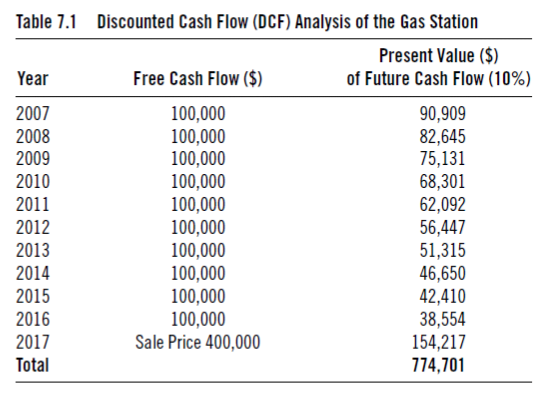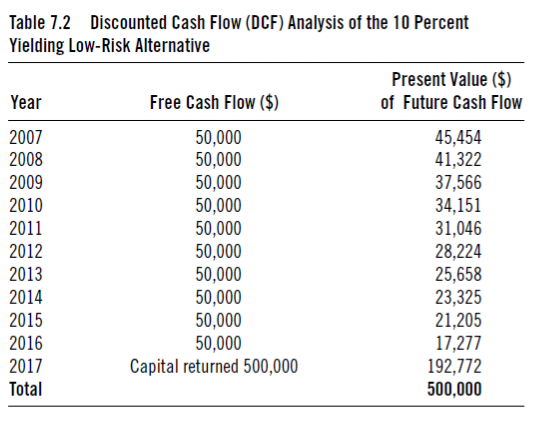One of the best books written on investing is The Dhando Investor, by Mohnish Pabrai. There’s one passage in the book in which Pabrai demonstrates how to calculate intrinsic value simply, and how you can use the calculation to compare prospective investments.
Check out our H2 hedge fund letters here.
Here’s an excerpt from the book:
The advantages of buying a fraction of an existing business are pretty clear, but before we buy, we must know its intrinsic value. How else would we know if it’s a good deal at a given price? What is the intrinsic value of a business?
Is there a general formula? How do we figure it out? Every business has an intrinsic value, and it is determined by the same simple formula. John Burr Williams was the first to define it in his The Theory of Investment Value published in 1938. Per Williams, the intrinsic value of any business is determined by the cash inflows and outflow —discounted at an appropriate interest rate—that can be expected to occur during the remaining life of the business. The definition is painfully simple.
To illustrate let’s imagine that toward the end of 2006, a neighborhood gas station is put up for sale, and the owner offers it for $500,000. Further, let’s assume that the gas station can be sold for $400,000 after 10 years. Free cash flow—money that can be pulled out of the business—is expected to be $100,000 a year for the next 10 years. Let’s say that we have an alternative low-risk investment that would give us a 10 percent annualized return on the money. Are we better off buying the gas station or taking our virtually assured 10 percent return?
I used a Texas Instruments BA-35 calculator to do these discounted cash flow (DCF) calculations. Alternately, you
could use Excel. As Table 7.1 demonstrates, the gas station has an intrinsic value of about $775,000.
Also see
- 300+ Book Recommendations From Mohnish Pabrai
- Mohnish Pabrai On Hidden Value Home run
- Pabrai Flagship Returns 92 Percent In 2017; 14X Return On Indian Small-Cap
(Source: The Dhando Investor)
We would be buying it for $500,000, so we’d be buying it for roughly two-thirds of its intrinsic value. If we did the DCF analysis on the 10 percent yielding low-risk investment, it looks like Table 7.2.
(Source: The Dhando Investor)
Not surprisingly, the $500,000 invested in our low-risk alternative has a present value of exactly that—$500,000. Investing in the gas station is a better deal than putting the cash in a 10 percent yielding bond—assuming that the expected cash flows and sale price are all but assured.
The stock market gives us the price at which thousands of businesses can be purchased. We also have the formula to figure out what these businesses are worth. It is simple. When we see a huge gap between the price and intrinsic value of a given business—and that gap is in our favor—we can act and buy that business.
For more articles like this, check out our recent articles here.
Article by Johnny Hopkins, The Acquirer's Multiple














